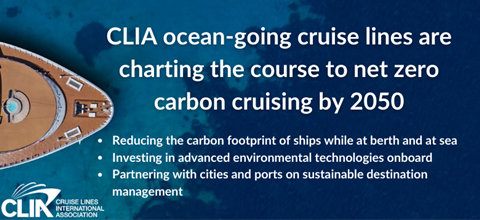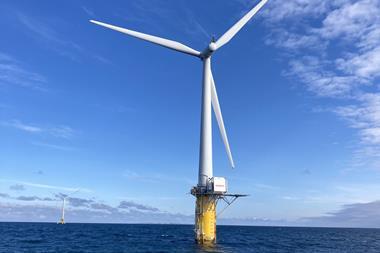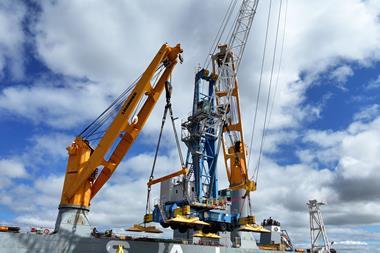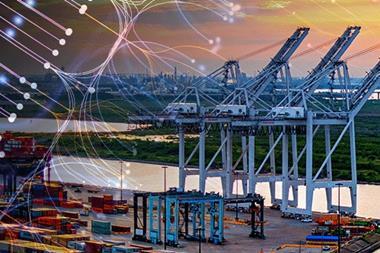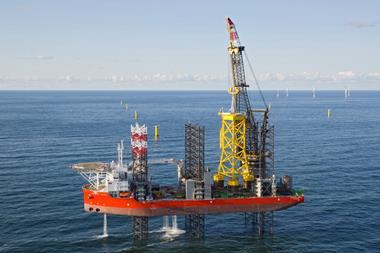Cruise lines are charting the course to net zero carbon cruising by 2050 – reducing the carbon footprint of ships while at berth and at sea; investing in advanced environmental technologies onboard; and partnering with cities and ports on sustainable destination management.
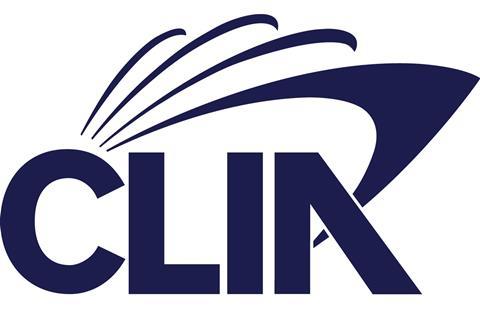 Content from our commercial partners
Content from our commercial partners
Cruise Lines International Association (CLIA) Managing Director Australia & Asia Joel Katz explains more ahead of February’s Greenport Congress Oceania in Newcastle, Australia.

What are the biggest changes cruise lines have made on board their ships in recent years to lower their environmental footprint?
With every new ship come new technologies and greater efficiencies that make them more sustainable than those they replace. Undoubtedly one of the biggest areas of advance in recent years has been the growth in new ships powered by liquid natural gas, which produces zero sulphur emissions, 85% lower nitrogen oxide emissions and almost 100% fewer particulate emissions.
The world’s first LNG-powered ship was introduced at the end of 2018 and numbers are increasing – currently 61% of new-build capacity will rely on LNG fuel for primary propulsion. LNG is also a transitional fuel. This means it provides real benefits now, but also allows LNG-ready ships to adapt to a future generation of fuels that will bring even further benefits in coming years.

What part are new fuels playing in ensuring good stewardship of the oceans? Which are most the promising and how will they work?
CLIA ocean-going cruise lines have committed to pursue net-zero carbon cruising by 2050 and an enormous amount of work is going on to achieve this. Cruise lines are investing in pilot projects and joint ventures aimed at developing alternatives like biofuels and synthetic fuels which will be more sustainable than current options.
There is also a lot of research and development focussed on other alternative fuels like methanol, ammonia, and hydrogen, often in collaboration with ship builders, fuels suppliers and other partners. There are still hurdles to overcome before options like these can be put into practice – and there will be other challenges around scaling the technology and building reliable supply infrastructure – but cruise lines are among the leaders in the maritime sector when it comes to investing and developing new low-emission technologies like this.
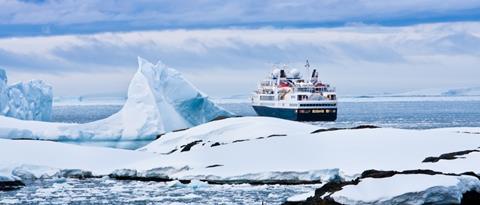
We’ve seen hybrid ships sailing in the Arctic - can you see a time when ships might be sustainably powered by electricity?
Electricity is another big area of research and we’re already seeing the results of investment and experimentation in this area. Hybrid propulsion systems are already in use by several cruise lines and can store power in electrical form and utilise it for propulsion when conventional engines are powered down. This not only reduces fuel use, it also allows ships to sail quietly. This is possible today for smaller sized vessels and research is underway to see how the technology can be scaled up. We need to bear in mind that different solutions might need to apply to different vessels, depending on their size and types of operations.
Cruise lines are working with developers on other forms of electric propulsion, including new generations of fuel cell technology which can cut carbon emissions further, and lithium-ion battery storage systems that are already in the pipeline.
Another key area when it comes to electricity is in the use of shoreside power supply, which allows ships to plug in to sustainable electricity while in port and shut down their main engines. All CLIA member ships are going to be equipped to connect to shoreside electricity facilities as soon as possible, and no later than 2035. Right now, 40% of global capacity is fitted to operate on shore-side electricity in the 29 ports worldwide where that capability is provided, and 98% of new build capacity is either committed to be fitted with shore-side electricity systems or will be configured to add shore-side power in the future.

Ship design has changed considerably today - what innovations are working in terms of saving energy and protecting our seas?
A lot of the innovation we’re seeing in sustainability stems from clever design and new technologies. Quite significant power savings are being made through things like the design of the propulsion system, or the use of low-friction hull coatings to help the ship pass more efficiently through the water, and thereby use less fuel. There are also air lubrication systems in use today that produce millions of tiny air bubbles around a ship’s hull to reduce resistance and fuel use.
Some of the most fascinating advances made on cruise ships recently are through advanced software and digital tools. Cruise ships are very complex machines, like small cities, so cruise lines have been deploying increasingly sophisticated software systems that can monitor the various functions on board and improve their efficiency. Computers can now gather extensive amounts of data using onboard automation systems and sensors, and then optimise energy use so that everything runs efficiently and uses less fuel.
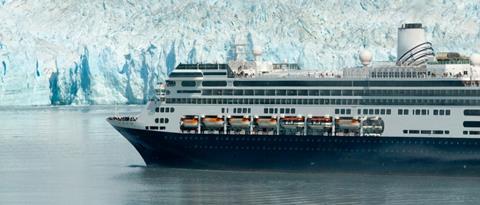
What are the biggest strides in waste management you’ve seen over recent years?
Cruise lines have had a focus on reducing waste for quite some time, and this has only increased in importance. Not only is there an environmental imperative, but it simply doesn’t make sense to bring unnecessary materials on board if they need to be taken away again as waste.
Cruise ships have complex systems for reducing waste and sorting materials for recycling. Some cruise operators can repurpose up to 100% of waste generated on board by removing, reusing, recycling, and converting waste to energy. The extent of recycling onboard is often superior to that of many cities that ships visit.
We are also seeing further advances in areas like advanced wastewater treatment systems which are already used on 74% of global cruise capacity and which will be fitted on 100% of future capacity on order. These systems treat wastewater to a higher standard than those used in many coastal cities, to protect the marine environment.
Other new waste technologies include onboard food digesters, which utilise microbiology to safely convert food waste into liquid.
Cruise Lines are connecting with local communities throughout the world so people and businesses can share in what cruise tourism brings their countries. What is the industry doing to ensure it makes a positive impact on the communities that ships visit?
Cruise tourism is managed tourism. It is planned and scheduled well in advance, so it provides a lot of opportunity to work with local communities to ensure its benefits are maximised.
Over recent years CLIA and cruise lines have been working more closely with partners at ports and in government to discuss appropriate tourism levels and look at ways to manage tourism while also protecting the economic opportunities that cruising brings.
For example, in Dubrovnik, Croatia, we have collaborated on a destination stewardship roadmap for the city based on UN sustainable tourism criteria. More recently CLIA has embarked on new partnerships in other locations such as Corfu and Heraklion in Greece, working with local authorities to jointly fund tourism management assessments in partnership with the Global Sustainable Tourism Council (the GSTC).
Projects like these provide a framework for the future management of tourism, so everyone can benefit.
